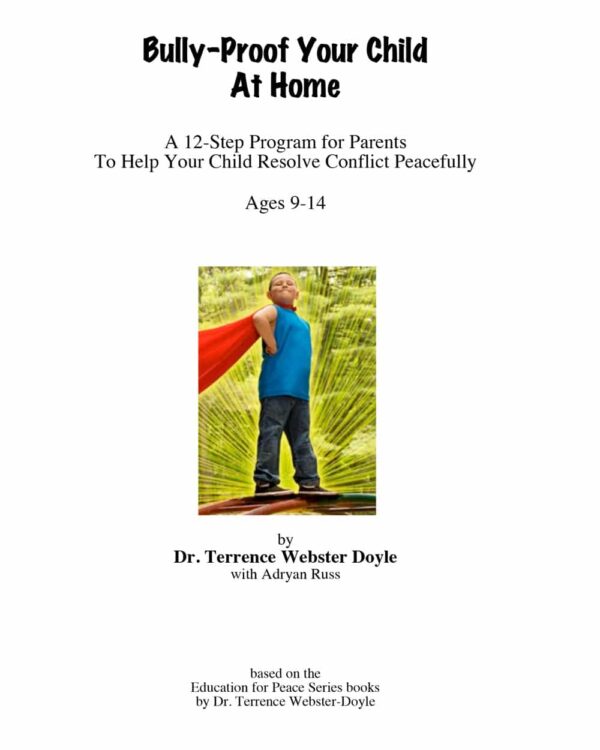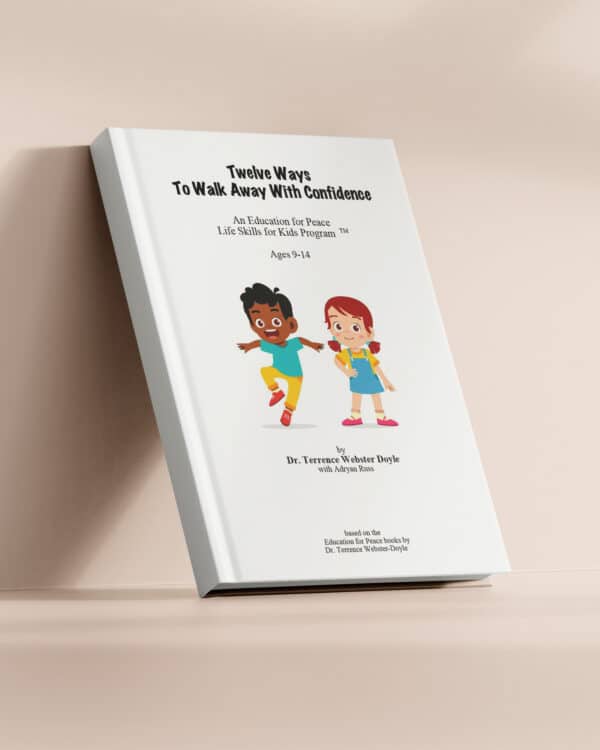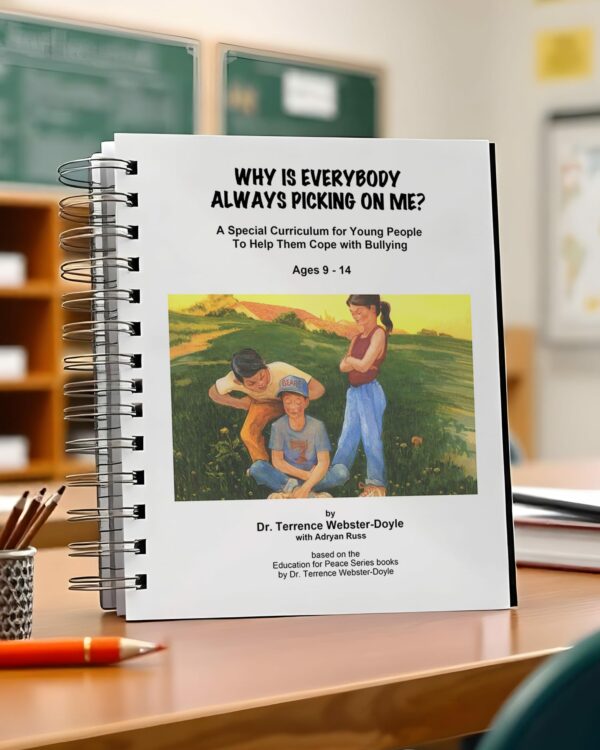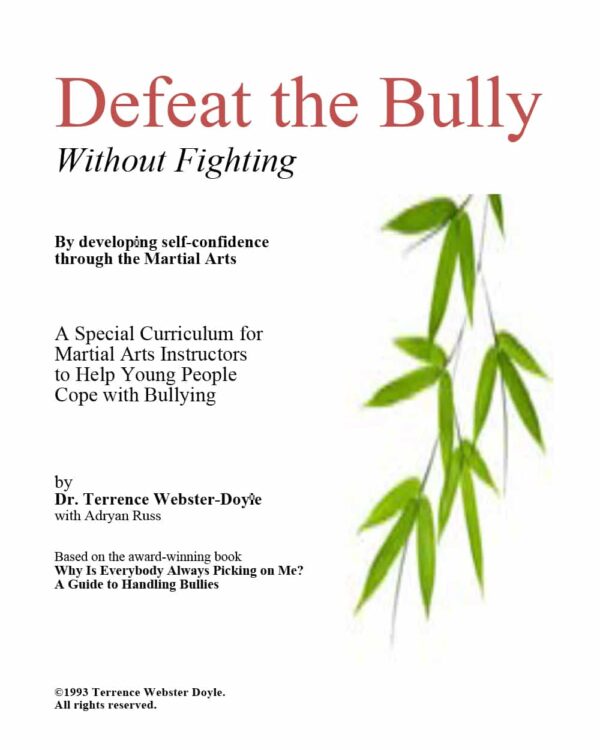Why Consistency is Key in Bullying Prevention

Bullying prevention can’t just happen once or twice a year. Events like Pink Shirt Day and Bullying Prevention Week are important, but on their own, they don’t create lasting change. Bullying doesn’t follow a schedule and if we want to see real progress, our approach to stopping it needs to be consistent, too.
When schools and families make bullying prevention part of everyday life, kids get regular opportunities to practice respect and develop empathy. Those daily moments add up and build habits that stick far longer than a single assembly or lesson.
The good news is that you don’t need to overhaul your schedule to make this happen. Small, ongoing actions, both at school and at home, can create safer, more connected environments where bullying is less likely to take hold.
We’ve seen this work through programs like MAP STARS, which pairs older and younger students in ongoing mentorship, and through our Weekly Bullying Prevention Newsletter, which gives parents and educators ready-to-use strategies year-round and really helps them understand bullying.
In this post, we’ll look at why consistency matters so much and how you can make it part of your bullying prevention plan.
The Problem with One-Time Events
Awareness days like Pink Shirt Day or Bullying Prevention Week are valuable because they bring people together and make a strong statement against bullying.
But on their own, they’re not enough. Without follow-up, the impact fades quickly. Kids might hold onto the message for a short time, but without ongoing reinforcement, daily routines and social pressures can push those lessons aside.
Bullying prevention isn’t a “once and done” effort. Skills like empathy and clear communication take practice over time. When the conversation only happens once or twice a year, it’s harder for students to apply what they’ve learned when real-life situations come up.
I remember in school, Pink Shirt Day was a big deal. We had assemblies, guest speakers, and posters everywhere. For that day, the conversation was loud. But as soon as it ended, so did the focus. All that effort, compressed into a single moment, could have made a bigger impact if it had been spread out through the year.
How Consistency Changes Behavior
Bullying happens year-round, so prevention and education have to happen year-round too. Consistency gives students repeated opportunities to practice empathy and respectful communication until those responses feel natural.
It also helps them develop real skills for real situations. We’ve seen this in role plays, where kids practice responding to insults in a safe, guided space.
In one martial arts class, students spent just 10–15 minutes twice a week practicing short bullying scenarios. They’d role-play different situations, sometimes even being “the bully” to understand how it feels on both sides. Over time, the students got better at recognizing when their emotions spiked and could respond without lashing out or shutting down.
One exercise involved giving a few students harsh (but controlled) verbal jabs, then having them pause, center themselves, and choose a calm response. At first, kids take the words personally, but after a few tries, they’re able to manage their fight-or-flight instinct and respond with confidence.
That kind of skill doesn’t come from a single assembly; it builds over many short, consistent lessons.
Why Repetition Works with Bully Prevention
Social-emotional skills work the same way as any other skill: they get stronger with regular practice. When kids hear a bullying prevention message once, they may understand it in the moment, but it’s repetition that helps it stick.
Short, repeated lessons give them time to absorb the idea and adjust their approach based on experience.
Think about learning to ride a bike: one long lesson might get you started, but it’s riding again and again that makes you steady. Bullying prevention works the same way: small, regular reminders keep skills fresh and easier to use in real life.
Why Consistency Helps Everyone
Consistent bullying prevention isn’t just for kids who might be targeted. It also helps those showing bullying behavior by teaching healthier ways to get what they need and understand the impact of their actions.
Many bullies have experienced bullying themselves and with steady guidance, they can learn more respectful ways to interact and build better relationships.
Anti-Bullying Resources
What Year-Round Bullying Prevention Looks Like
Keeping bullying prevention going all year doesn’t mean adding hours of extra work. It’s more about weaving small, intentional moments into the routines you already have.
In schools, that might mean regular class discussions on respect, quick role-play activities, or older students mentoring younger ones through programs like MAP STARS. At home, it could be as simple as checking in about friendships or talking through challenges your child is facing.
Picture a Monday morning homeroom where the teacher starts with a quick scenario for students to discuss, a Wednesday lunch program where mentors meet with younger peers, and a Friday check-in where students share something kind they noticed during the week.
One of the best parts is that these lessons can be short. Ten or fifteen minutes is often enough to practice a skill or talk through a scenario. In our experience, kids actually remember more when the learning is broken into small bursts rather than long, formal lessons.
When these moments happen consistently, they create a shared understanding that bullying isn’t ignored or brushed off. Students start to see prevention as a normal part of school life, rather than a special event that comes and goes.
A Community Approach Works Best
Bullying prevention is most effective when the responsibility doesn’t fall on one person or place. Kids need to hear the same message from multiple trusted adults: at school, at home, in sports, and in after-school programs.
When teachers, parents, coaches, and community leaders all reinforce the same values, it shows kids that respect and kindness are expected everywhere, not just in the classroom. It also means they’re practicing these skills in different settings with different people, which makes them easier to use in everyday life.
The goal isn’t for every adult to run a formal lesson, even small moments matter. A coach might address a conflict between teammates right on the field, or a librarian could step in to model respectful language during a group project. When everyone plays a part, prevention becomes part of the community’s daily rhythm.
Overcoming Common Roadblocks
When schools or parents hear “year-round education,” it can sound like a huge commitment. But the key is to start small. Even one short session a week can have a noticeable impact.
The real power comes when multiple adults are reinforcing the same lessons: teachers in the classroom, parents at home, coaches or camp counselors in extracurriculars.
Another common challenge is keeping older students engaged when they take on mentoring roles. A solution to this is to give them meaningful training, check in regularly, and show them the difference they’re making. When they see their efforts matter, they’re more likely to stay committed.
Tools to Make It Easier
Consistency is easier when you have ready-to-use resources.
- Our MAP STARS program gives older students the training and structure they need to mentor younger ones in ways that build empathy and strengthen trust.
- For parents and educators looking for fresh ideas throughout the year, our Weekly Bullying Prevention Newsletter delivers practical, quick-to-implement strategies straight to your inbox.
A well-chosen curriculum can also keep lessons on track without adding extra planning time. Whether it’s a short classroom activity or a simple conversation at home, the right tools make it possible to keep bullying prevention active every week of the year.
Make It Fun and Interactive
Bullying prevention is a serious topic, but the learning process doesn’t have to feel heavy. In fact, kids often learn more when they’re engaged and enjoying themselves. Short skits, role-plays, art projects, and peer-led activities can make lessons memorable while still getting the point across.
Some schools use poster-making projects where students create their own anti-bullying slogans to display in hallways. Others add short, lighthearted skits into assemblies to act out common conflicts and model better solutions.
When kids get to participate and be creative, they take more ownership of the lessons and they’re more likely to use what they’ve learned when it matters most.
First Steps You Can Take This Week
Bullying prevention works best when it’s part of everyday life and reinforced regularly. Short, regular lessons give kids room to practice new skills and improve how they handle conflict. Over time, they learn how to respond calmly to hurtful words and support their peers.
- Use ready-made resources like our MAP STARS program, Weekly Bullying Prevention Newsletter, or bullying lesson plans to keep ideas flowing without extra prep.
- Pick one small activity you can repeat weekly: a quick role-play, discussion, or reflection question.
- Share the same message in different places: at school, at home, and in after-school programs so kids hear it from multiple sources.




